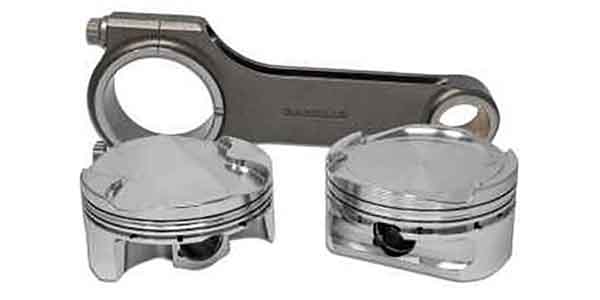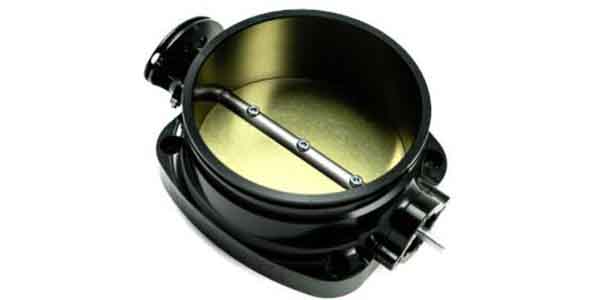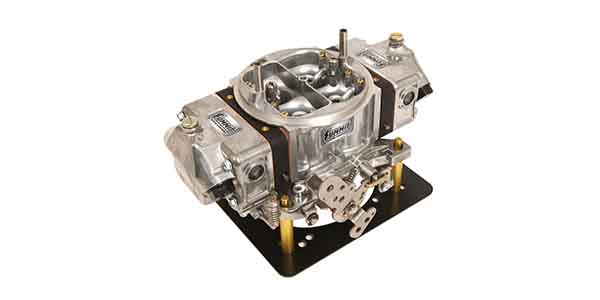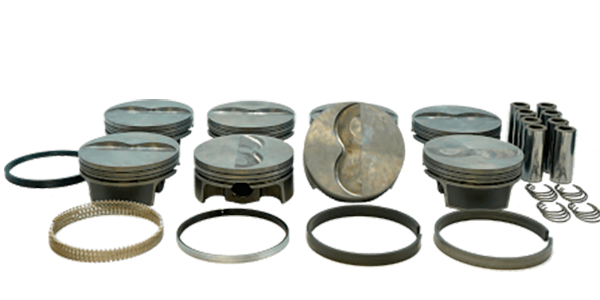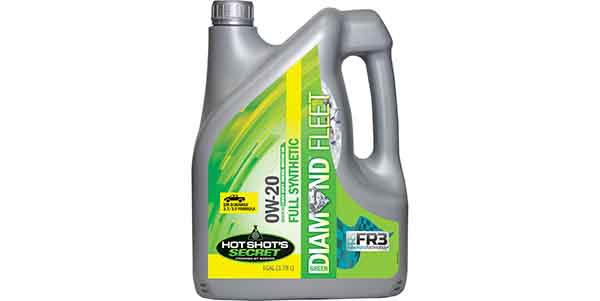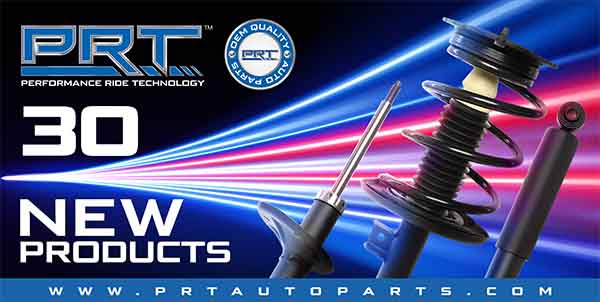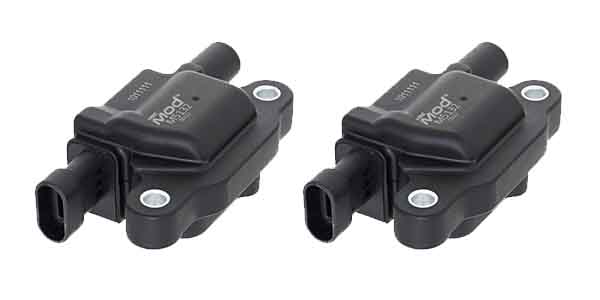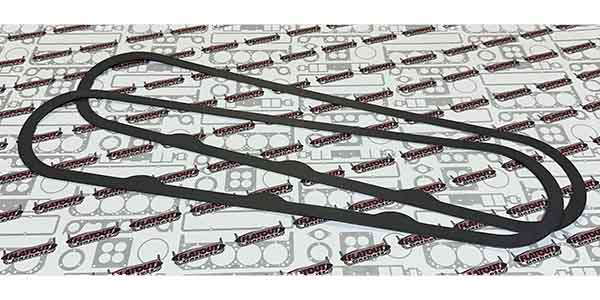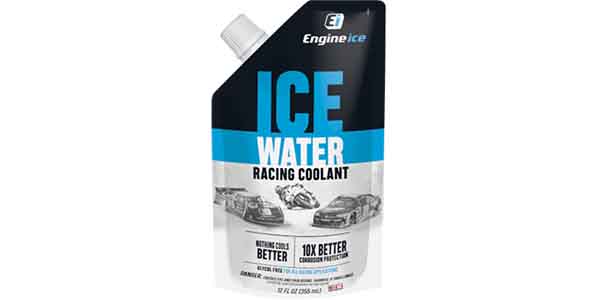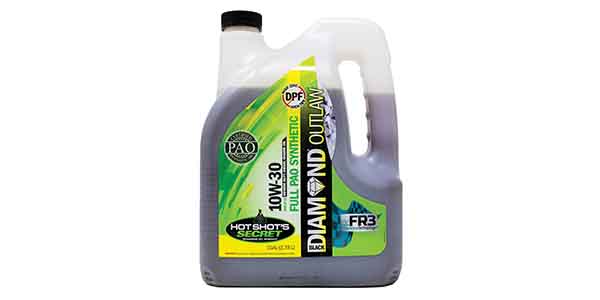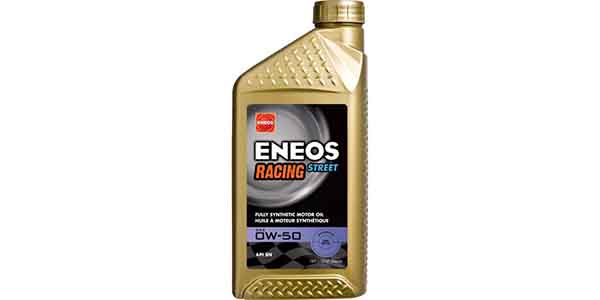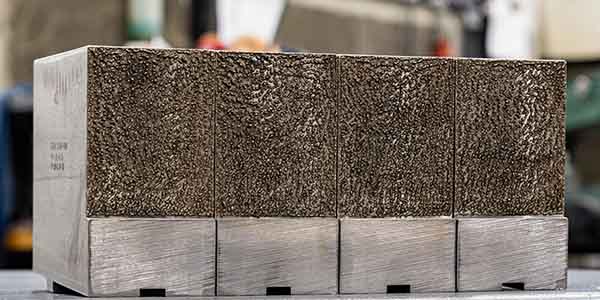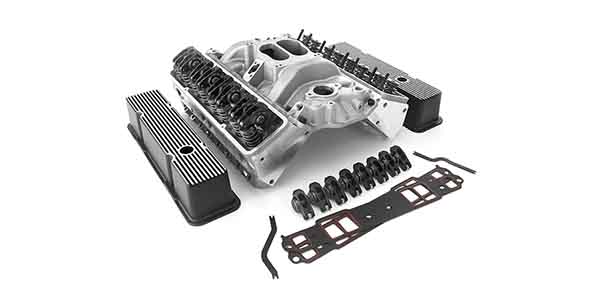The crankshaft and bearings are the foundation of any engine. The type of bearing and crankshaft materials that are used, their strength properties, fatigue
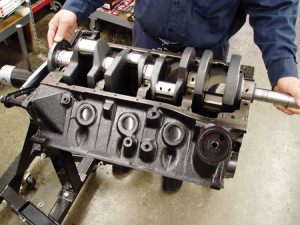
resistance and ability to handle high torque loads ultimately determine how durable the engine is and whether it goes the distance or self-destructs.
Most engine builders have strong opinions and brand preferences when it comes to choosing a crankshaft and bearing combination for a performance engine application. Their preferences (and prejudices) are usually based on years of experience, both good and bad.
Many subscribe to the philosophy that “if it isn’t broke, don’t fix it!” Consequently, if they have had good results with a certain brand of crankshaft and a certain brand or type of bearings, they’ll usually stick with the same setup that works. In fact, they may be reluctant to make any changes unless they are having a problem.
But to be competitive, you have to experiment, take chances and push the envelope. Tried and true will usually do, but there may be a different setup you haven’t tried yet that will work even better.
Old School Engine Building
The “old school” method of building a performance engine has traditionally been to build the engine “loose” with extra bearing clearance to accommodate flex in the crankshaft and main bores. To maintain oil film strength with the wider bearing clearances, a heavy viscosity oil such as a straight 30 or 40 weight oil, or a multi-viscosity racing oil such as 20W-50 is necessary, along with a high volume oil pump.
Pushing plenty of oil through the bearings keeps an oil wedge between the crank journal and bearing surface to prevent scuffing, and the extra oil flow also helps cool the bearings. It’s a tried and true combination that has worked for decades, and is still used by many performance engine builders.
But nowadays, some engine builders are using a different approach. Instead of building an engine loose, many NASCAR engine builders have tightened up bearing clearances to as little as .001˝. They are also using ultra thin viscosity 0W-20 or 5W-20 synthetic oil to reduce internal engine friction and drag.
The combination of tighter bearing clearances and thinner oil also means they don’t need as much oil pressure or volume to maintain the oil film between the crank journals and bearings. Consequently, they can run less oil pressure and reduce the amount of horsepower needed to drive the oil pump. It works for NASCAR, but does the same setup work on the drag strip, dirt track or street?
Most of the crankshaft and bearing suppliers we interviewed for this article said the tight bearing, thin oil, reduced oil pressure setup that many NASCAR engines use would probably not be the best combination for other forms of racing.
Street engines can benefit from tighter tolerances and thinner oils for everyday driving. But when power adders such as nitrous oxide, turbocharging or supercharging are used, or the engine’s power output gets up in the 450 to 500 plus horsepower range, looser bearing clearances are probably safer to accommodate crankshaft flexing and main bore distortion.
The same logic applies to drag motors, truck pull engines and other performance engines that produce serious horsepower. Many of these engines are built with bearing clearances in the .0025˝ to .003˝ range.
For the Saturday night dirt track racer, clearance is your friend because of the contaminants that often get into the crankcase. For this type of racing, many engine builders allow .001˝ of bearing clearance for every inch of crankshaft journal diameter.
Bearing Down
Though bearing materials and designs have changed a great deal in recent years, many performance engine builders continue to use tri-metal bearings. They say they like tri-metal bearings because the bearings can handle high loads and are “more forgiving.”
A tri-metal bearing typically has a high strength steel shell with an intermediate layer of copper/lead alloy about 0.3 mm thick, and a thin (.013 mm) overlay of babbitt. The copper/lead alloy intermediate layer in the bearing provides fatigue strength and support, while the top layer of babbitt provides seizure protection and embeddability.
For racing applications that really take a pounding, such as top fuel drag racing, alcohol funny cars and dragsters, and nitro-fueled marine engines, tri-metal bearings with specially engineered top coatings are available to minimize journal scuffing. Some of these engines generate 6,000 to 10,000 PSI of cylinder pressure, which pushes the oil film out between the bearings and crank journals.
The result can be a lot of metal-to-meal contact and wiping on the crank journals. By using bearings with a scuff-resistant top coating in these applications, the bearings can absorb more more punishment without damaging the crank.
One bearing manufacturer says their particular top coating allows bearings that used to last only one or two runs in a top fuel dragster to now last as many as seven or eight runs. The specially coated bearings cost more, but provide greater savings when you consider how much longer they last and how well they protect the crank.
Aluminum bearings, by comparison, are used in most OEM engines these days because of their longevity. Aluminum bearings can go up to 250,000 miles or more in many vehicles, provided the engine is properly maintained with regular oil and filter changes. But some engine builders have the perception that aluminum bearings are “too hard” for serious racing or high horsepower applications.
Several manufacturers of aluminum bearings (including some who make both aluminum and tri-metal bearings) told us various engine builders and race teams are having great success with aluminum bearings in their engines. Various aluminum alloys have been developed that can handle high horsepower loads without deforming.
One manufacturer of aluminum bearings said the top babbitt layer on a tri-metal bearing is only about 15 on the Vickers scale, making it relatively soft. That’s good for embeddability, but not for withstanding high loads. The babbitt layer can deform, causing a loss of oil pressure and bearing noise. And if the thin overlay of babbitt is wiped away, contact with the hard copper/lead intermediate layer may damage the crank.
They said their aluminum alloy has a hardness of about 40 on the Vickers scale, which allows it to resist deformation much better than babbitt while still being softer than the crankshaft (which reduces the risk of scuffing if metal-to-metal contact occurs).
The same manufacturer told us that some 1,400 horsepower Monster Truck engines are now fitted with their aluminum bearings.
On the street, aluminum is a good choice for engines that are driven daily and may not be torn down and freshened up for a long time. According to one bearing manufacturer, aluminum bearings can also help polish the journals on cast iron cranks that may have some surface roughness. If the crank has small nodules of iron that protrude slightly above the surface, they will be smoothed down by the relatively hard silicon crystals in the aluminum matrix.
Another thing to consider when choosing bearings is whether or not to use bearings that have an additional scuff-resistant coating. Many bearing suppliers now offer coated bearings as an extra cost option. The coating provides an extra layer of protection against scuffing in the event of a dry start or loss of oil pressure, but it does not reduce friction. Crankshaft friction depends on the shear viscosity of the motor oil because the crank journals spin on a thin film of oil, not the surface of the bearings. The coating materials that are used are a proprietary secret, but typically contain moly, graphite and/or Teflon.

